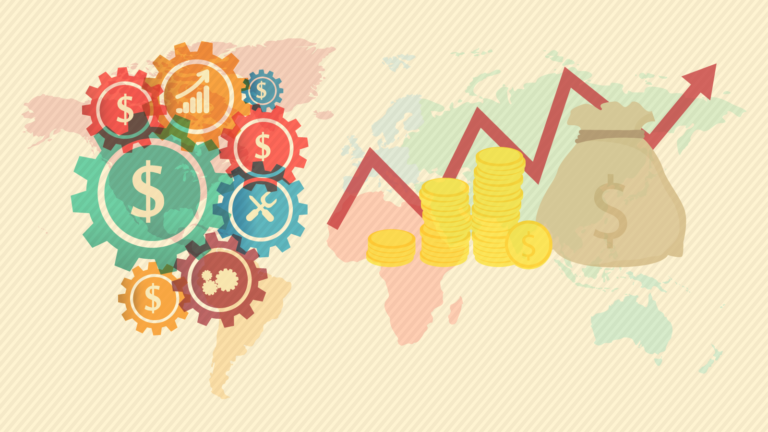The external debt of developing countries has reached a record US$11.4 trillion, which is equivalent to 99% of their export revenues, according to the UN Office for Trade and Development (UNCTAD). This increase, driven by the need for financing for development projects, commodity volatility and rising public deficits, has pushed many nations into an unprecedented financial crisis.

The problem lies not only in the volume of debt, but also in the high repayment costs. In 2023, developing countries paid US$847 billion in interest, 26% more than in 2021. The interest rates they face are between two and twelve times higher than those of advanced economies such as the United States or Germany, making debt repayment unsustainable for many nations.
As a result, governments are forced to choose between paying their creditors and financing essential services such as health, education, and infrastructure. In 54 developing countries, at least 10% of public funds are spent on interest payments alone, while 3.3 billion people live in countries that spend more on debt than on basic services. This reality is deepening the social and economic crisis in the most vulnerable regions.

Despite the urgency of the situation, debt renegotiation mechanisms remain inefficient and costly. To avoid default, governments sacrifice key investments in development and climate action, compromising the future of their citizens. In this scenario, debt is not only a financial burden, but a direct obstacle to progress and stability.

It is essential that the international community adopt structural solutions to alleviate the debt burden and enable developing countries to invest in their own growth. Without a comprehensive and coordinated approach, the debt crisis will continue to limit the well-being and opportunities of billions of people around the world.
You may also be interested in







